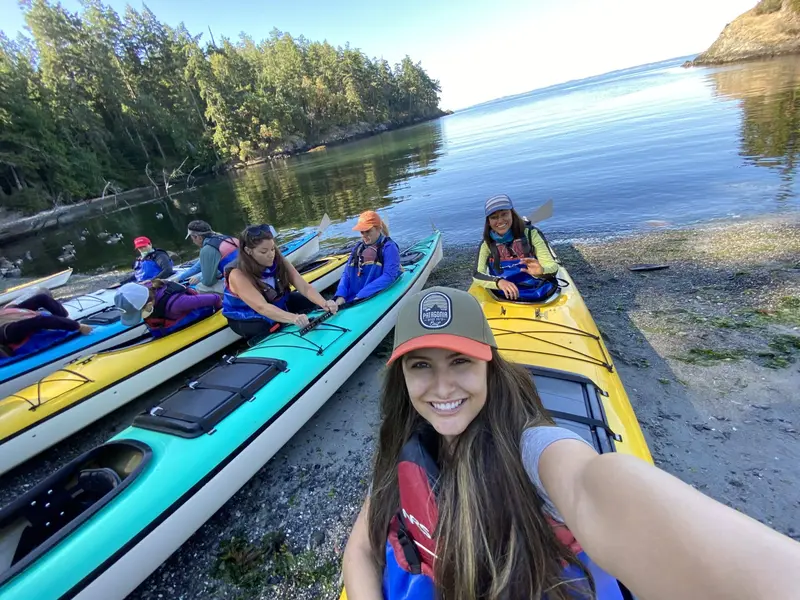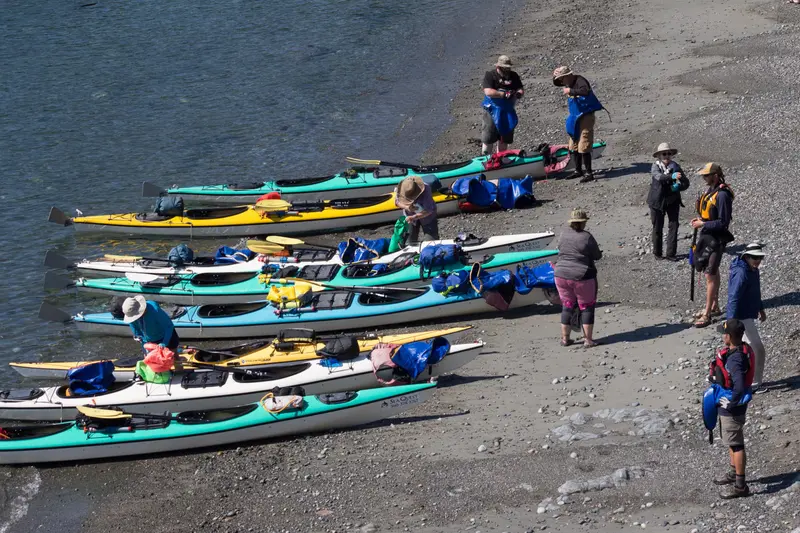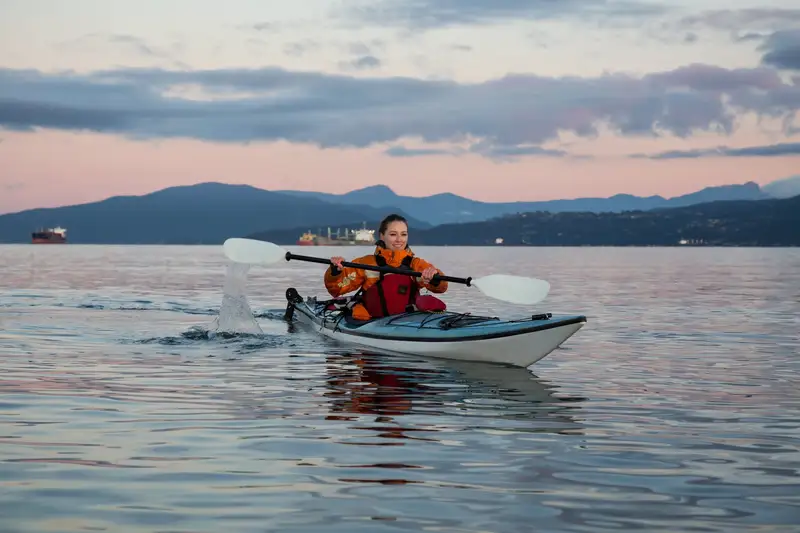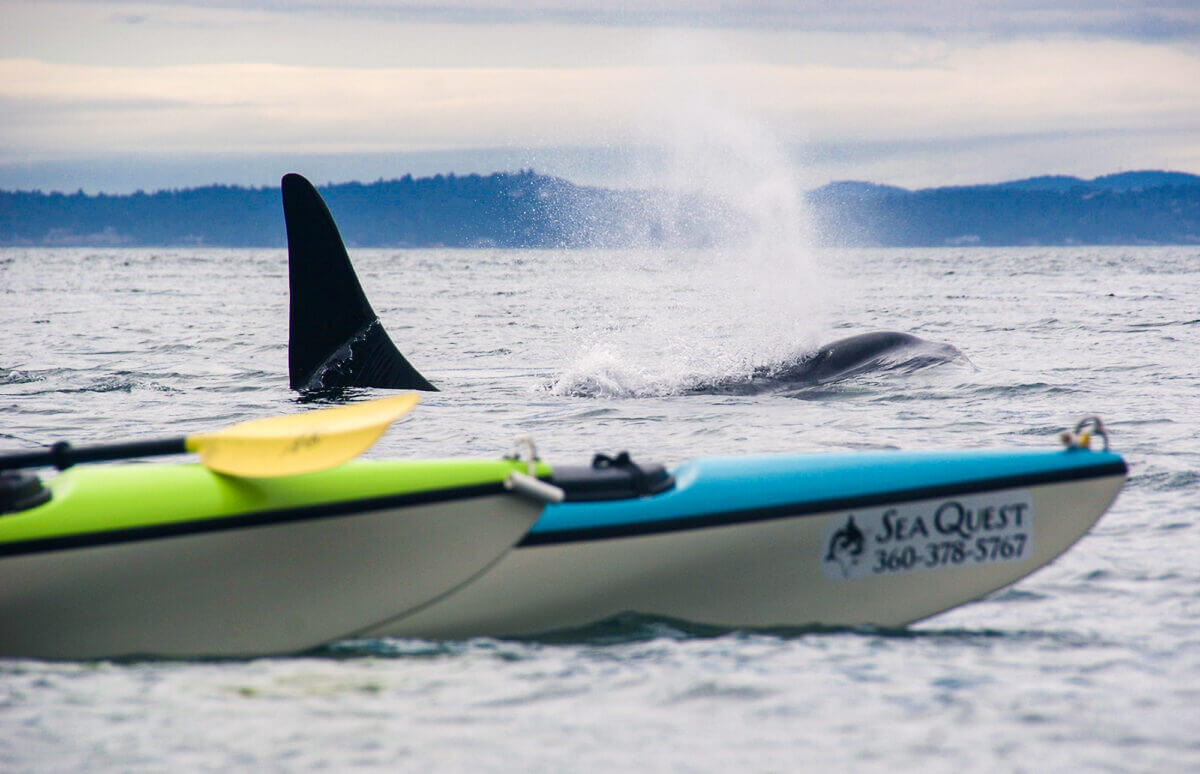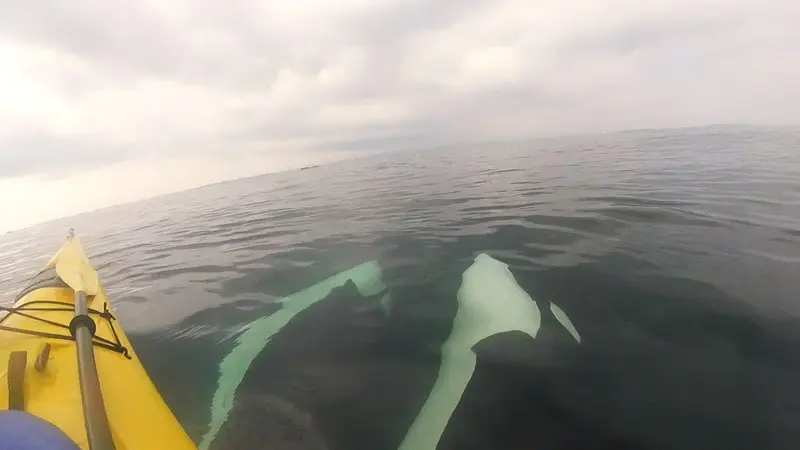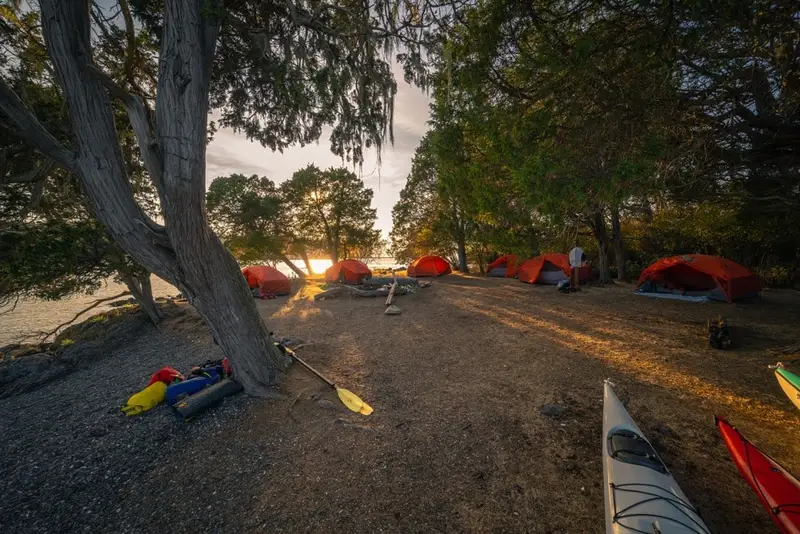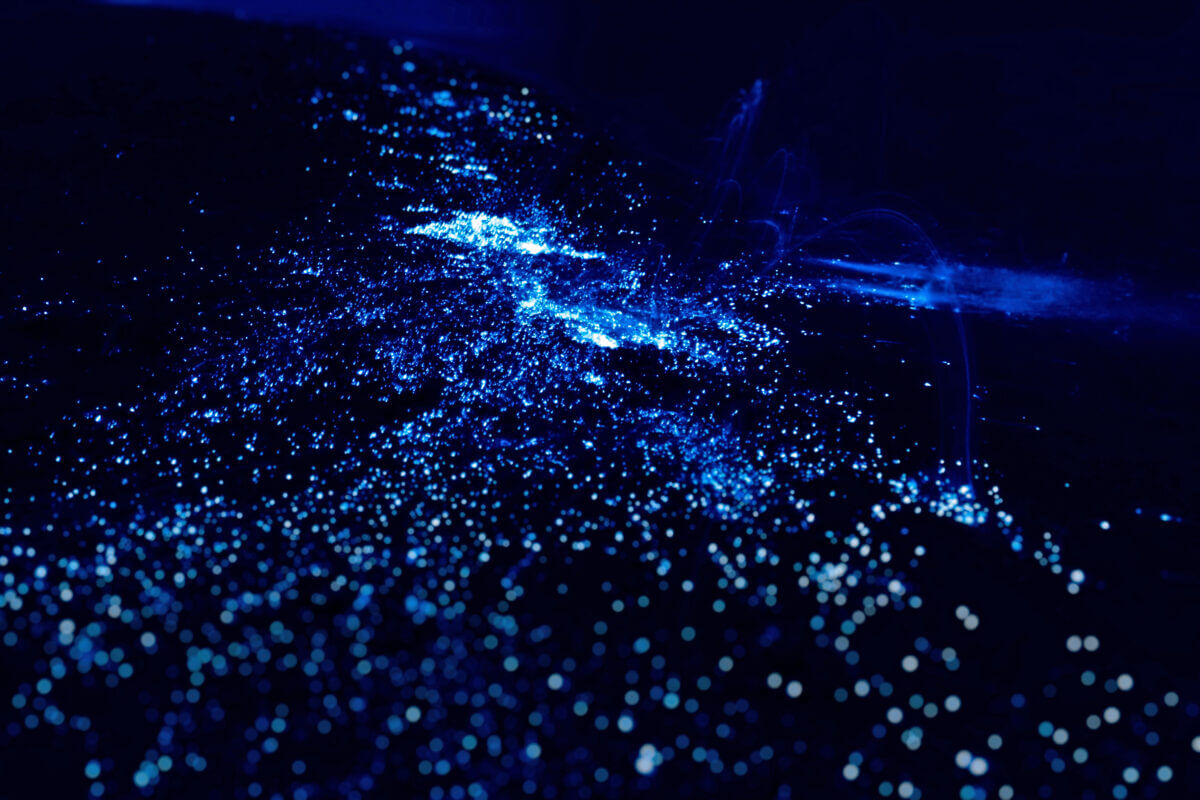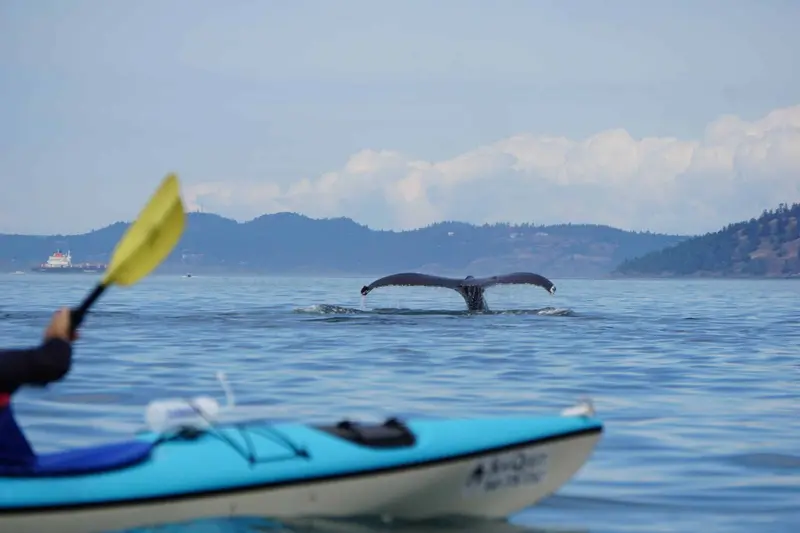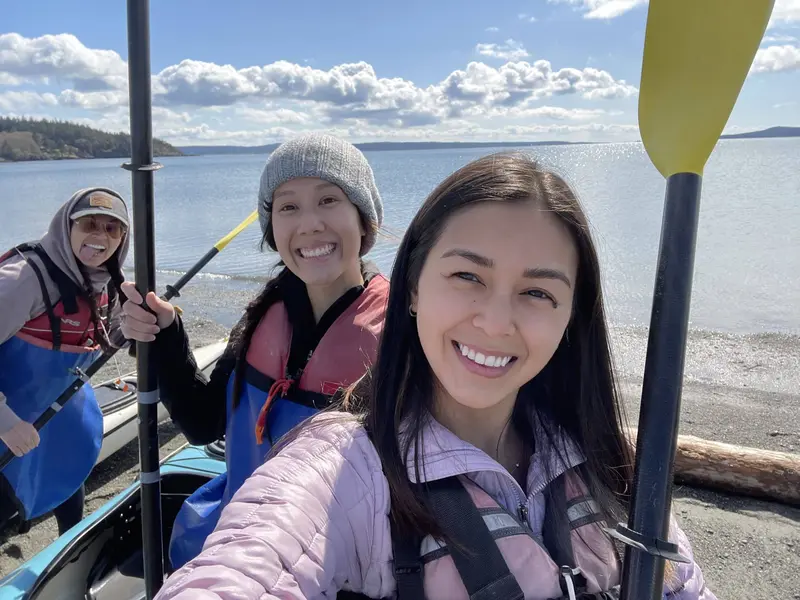Research Points to the Inescapable Dangers of Toxic Chemicals – Sperm Whale Study
Even whales living in the remote Galapagos Islands appear to have been exposed to higher levels of pollutants than those in other areas of the Pacific, despite the islands isolation from cities and industry. New research, published this month in Environmental Health Perspectives, shows that persistent organic pollutants (POPs), including the insecticide DDT, travel in air and water currents around the world’s oceans.
Sperm whales are excellent indicators of ocean health because their long lives and role as apex predator means their tissues accumulate toxic chemicals. Skin samples were taken from whales at five locations across the Pacific Ocean and enzymes indicating pollutants were surprisingly the highest in sperm whale populations living in the Galapagos Islands.
The lead researcher said,”You have to think about the ocean as the final sink for contaminants. Given enough time, whatever pollutants are in the environment – from car exhausts, industry, agricultural practices – all of those contaminants end up in the ocean. Today, no area of the world is pristine.”
Seabirds Used as Indicators for Microplastic Pollutants – Albatross & Fulmar Research
Marine plastic debris is an increasing problem in ocean ecosystems. Plastic degrades slowly in the ocean, potentially for hundreds or thousands of years. Because plastic is light, it floats in the water column and drifts long distances. You may remember our previous blog article on the “Great Pacific Garbage Patch”, the mass of trash larger than Texas swirling in the center of the Northern Pacific Gyre.
Plastic in marine ecosystems can be extremely harmful to wildlife. Millions of animals drown from entanglement and die from stomach and intestinal blockages after eating plastics that look like fish and jellyfish. Others are poisoned by eating the tiny microplastic particles that can resemble fish eggs and plankton.
Seabirds suffer a great deal from plastic ingestion making some species useful as indicators to gauge the extent of the problem. Tube-nosed swimmers, such as albatrosses, petrels, and fulmars, are some of the most threatened by this type of pollution. This is primarily because they are surface-feeders and more likely to swallow floating microplastics as they forage.
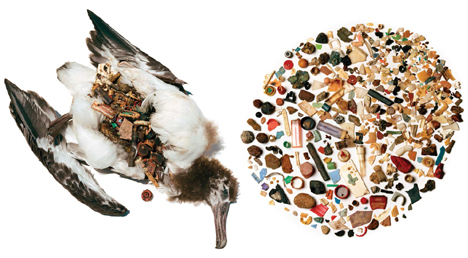 Northern Fulmars (Fulmarus glacialis) have been accepted by scientists as the best indicator species for monitoring marine plastic debris. Monitoring projects focusing on microplastics in fulmars are well-established in many global locations. A recent examination by Lydia Kleine, a biology student at the University of Puget Sound, showed that 90% of specimens along the Washington coast contained plastic, with an average of 21 plastic items and 5.5 grams of plastic per bird. This is a massive amount of junk for a bird to carry around while it must soar hundreds of miles in a single day to find sustenance, to say nothing of the potential for gut blockage or poisoning! And if the bird should regurgitate this mess to a chick in the nest, that chick will almost certainly be doomed to die a horrible death, a fate that thousands of albatross chicks in Hawaii suffer every year. This photo shows a dead chick and several pounds of lethal plastic removed from its stomach.
Northern Fulmars (Fulmarus glacialis) have been accepted by scientists as the best indicator species for monitoring marine plastic debris. Monitoring projects focusing on microplastics in fulmars are well-established in many global locations. A recent examination by Lydia Kleine, a biology student at the University of Puget Sound, showed that 90% of specimens along the Washington coast contained plastic, with an average of 21 plastic items and 5.5 grams of plastic per bird. This is a massive amount of junk for a bird to carry around while it must soar hundreds of miles in a single day to find sustenance, to say nothing of the potential for gut blockage or poisoning! And if the bird should regurgitate this mess to a chick in the nest, that chick will almost certainly be doomed to die a horrible death, a fate that thousands of albatross chicks in Hawaii suffer every year. This photo shows a dead chick and several pounds of lethal plastic removed from its stomach.


